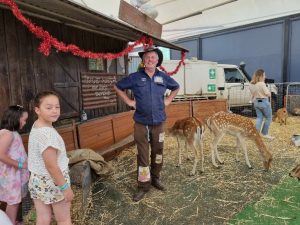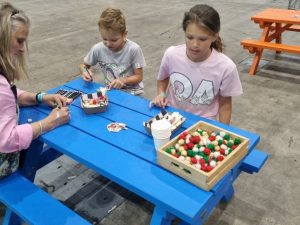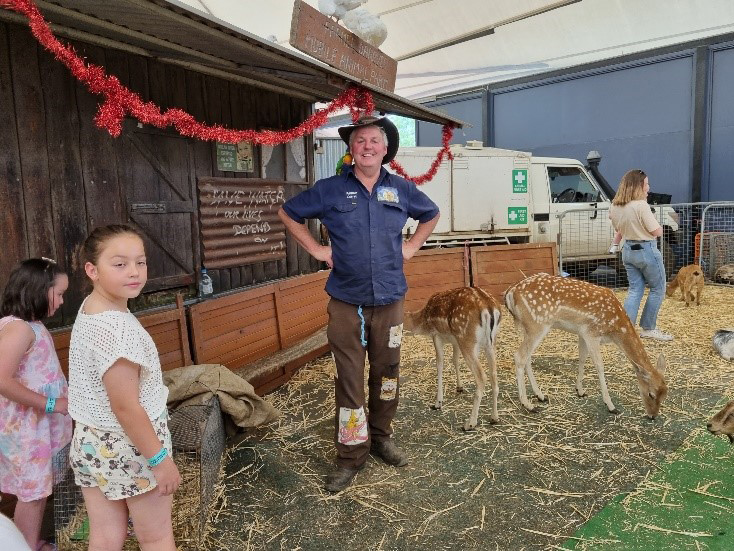How sensory activations in event planning are becoming the norm
In the events industry, we often talk about creating memorable experiences for all attendees.
But what about those audiences who have hidden disabilities?
According to the Hidden Disabilities Sunflower – Australia & New Zealand, globally 1 in 7 people live with a disability, many of which aren’t immediately visible.
Many have a non-visible condition or experience a combination of both.
To bridge this gap, event planners are increasingly incorporating quiet or sensory spaces into their setups. These spots provide a sanctuary for individuals who might need a break from sensory overload.
Major events and arenas around Australia have started implementing them into their operations.
Promoting inclusive and positive experiences for all guests who attend the precinct.
If you’re considering adding a sensory activation to your event, here are some key takeaways I’ve gathered:
Quiet Zones: Designate specific areas within the event space as quiet zones where individuals can retreat to if they become overwhelmed by sensory stimuli. These areas should be equipped with comfortable seating, calming lighting, and noise-cancelling headphones to provide a peaceful environment for relaxation and sensory regulation.
Sensory-Friendly Activities: Incorporate sensory-friendly activities into the event program that cater to individuals with hidden disabilities. These activities could include tactile sensory stations with different textures to explore, interactive art installations designed to engage multiple senses, and gentle movement sessions such as yoga or tai chi to promote relaxation and mindfulness.
Visual and Auditory Accommodations: Implement visual and auditory accommodations to reduce sensory overload for individuals with hidden disabilities. This could involve using visual schedules or maps to help attendees navigate the event space, providing earplugs or noise-reducing headphones to mitigate auditory stimuli, and using clear signage with simple language and symbols to communicate information effectively.
By implementing these sensory activations, outdoor events in Australia can create a more inclusive and accessible environment for individuals with hidden disabilities, ensuring that all attendees can fully participate and enjoy the experience.



